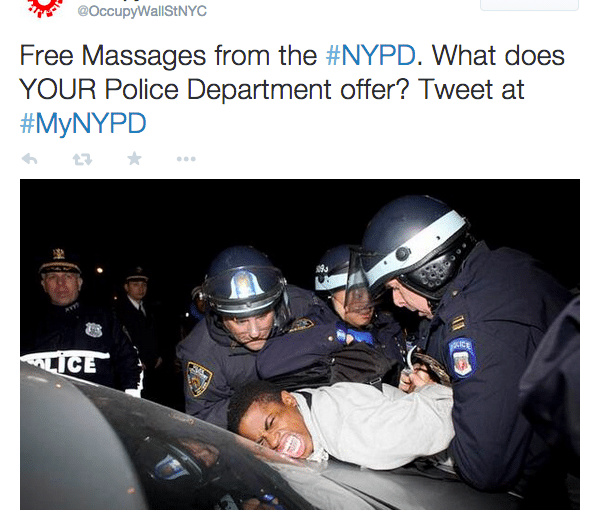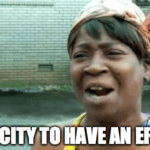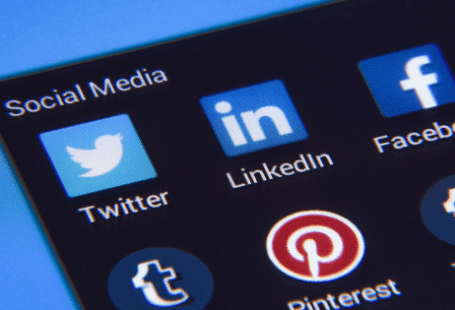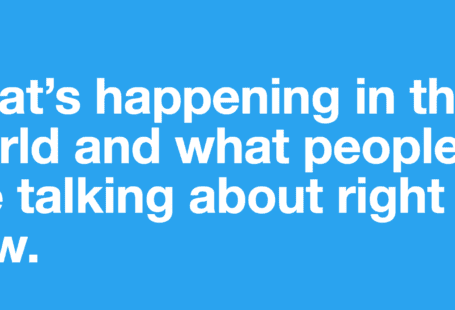After the deaths of Trayvon Martin, Michael Brown, John Crawford, and Eric Garner, race has become an increasingly discussed topic with movements like #BlackLivesMatter getting a lot of attention from the media. Following this trend and its own record of joining social debates (like same-sex marriage or gun control), Starbucks launched a companywide discussion regarding racial issues.
“We do not claim to have solutions to our country’s complicated social issues. However, doing what is right for society and doing what is right for business cannot be mutually exclusive endeavors. While it is always safer to stand on the sidelines, that is not leadership.” — Howard Schultz
For mon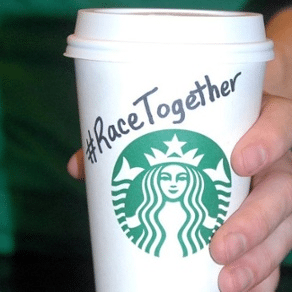 ths, this debate was praised by some internal stakeholders, who were pleased to see a topic relevant to contemporary issues facing the nation being discussed in such an open manner. Some external sources also applauded Schultz’s point of view, which is often polarizing. Although some argued that Starbucks’ CEO was getting himself in the middle of tricky discussion, the overall reception of the idea was quite positive. However, a few days ago this state of grace ended abruptly when Starbucks made the announcement that they were bringing this discussion to its counters.
ths, this debate was praised by some internal stakeholders, who were pleased to see a topic relevant to contemporary issues facing the nation being discussed in such an open manner. Some external sources also applauded Schultz’s point of view, which is often polarizing. Although some argued that Starbucks’ CEO was getting himself in the middle of tricky discussion, the overall reception of the idea was quite positive. However, a few days ago this state of grace ended abruptly when Starbucks made the announcement that they were bringing this discussion to its counters.
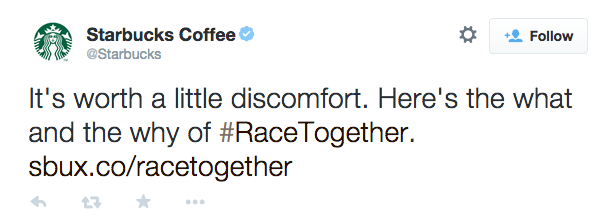
On March 16th, Starbucks launched #RaceTogether, a campaign which invited its customers to join the discussion regarding racial issues. Yet, instead of asking customers to join Starbucks’ Open Forums or something similar, the company was incentivizing people to talk about these issues at any Starbucks counter. The idea was immediately criticized since the kind of transactions that occur at Starbucks are usually quick and corporately polite, which is quite far from the ideal environment in which these topics should be debated. Many felt that the campaign was unrealistic at best as the complex issue deserves more than the 2 minutes it takes to order coffee to be thoroughly discussed. Although the media were quite harsh on Schultz’s decision to broaden the debate this way, the reactions throughout social media quickly turned the campaign into an “epic fail.”
Schultz was quickly labeled as an opportunist trying to make a buck out of the racial tensions that are being felt throughout the United States. The hashtag #RaceTogether was mostly used sarcastically and Twitter users were depicting Schultz as a privileged white man going through a mid-life “White Man’s burden” crisis. The campaign took such a pounding that Starbucks decided to cancel it. The official version is that this was just the first phase of the campaign and that it was complete. Schultz did his best to defend #RaceTogether from all the criticism, but it was almost impossible to do so. Even if the campaign was genuine and heartfelt, it was poorly planned and executed.
Other Social Media Fails
Starbucks’ #RaceTogether is just the most recent corporate hashtag fail. JPMorgan Chase’s #AskJPM Twitter campaign similarly backfired on the company.
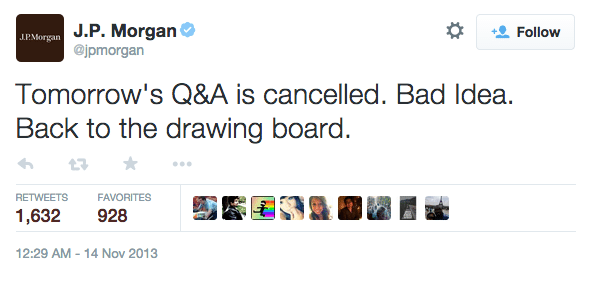
Corporations aren’t the only organizations to fail to reach out to their audiences. Public institutions like the NYPD also struggle with social media. One year ago, New York’s finest called for photos of citizens with their friendly neighborhood cops. They surely weren’t expecting to have their hashtag hijacked by Occupy Wall Street and others users who were, let’s say, dissatisfied with the Police Department’s behavior.
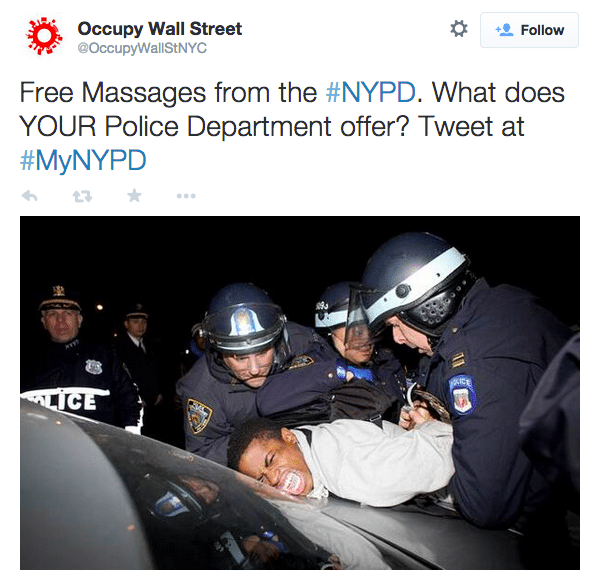
Lessons Learned:
Many organizations fail to use social media appropriately due to a lack of planning. They either:
- fail to predict the audience’s receptivity or
- fail to pay sufficient attention to detail (ex: #Susanalbumparty)
These missed opportunities can be costly since it’s hard to win the respect of social media users, mainly after being the target of heavy debauchery such as in the aforementioned cases.
So, what should I do if I’m trying to use social media to promote my brand and plan to avoid these failures?
- Define the goal of the campaign.
- Align these goals to topics relevant to your audience.
- Ensure that the campaign aligns with the brand to give it more authenticity.
- Define ambiguities or possibilities for misunderstandings and avoid if possible.
- Test campaign in diversified focus groups to predict audience receptivity.
Social media can be a cruel, unforgiving world. Make sure that you follow these steps and learn from failed campaigns before you launch your own. Best of luck!
Interested in knowing more about Dark Social & Analytics?
[su_button url="https://getsocial.io" target="_blank" style="flat" background="#21D2B5" color="#ffffff" size="7" wide="no" center="yes" radius="auto" icon="" icon_color="#FFFFFF" text_shadow="none" desc="" onclick="" rel="" title="" id="" class=""]SIGN UP FOR FREE[/su_button]
